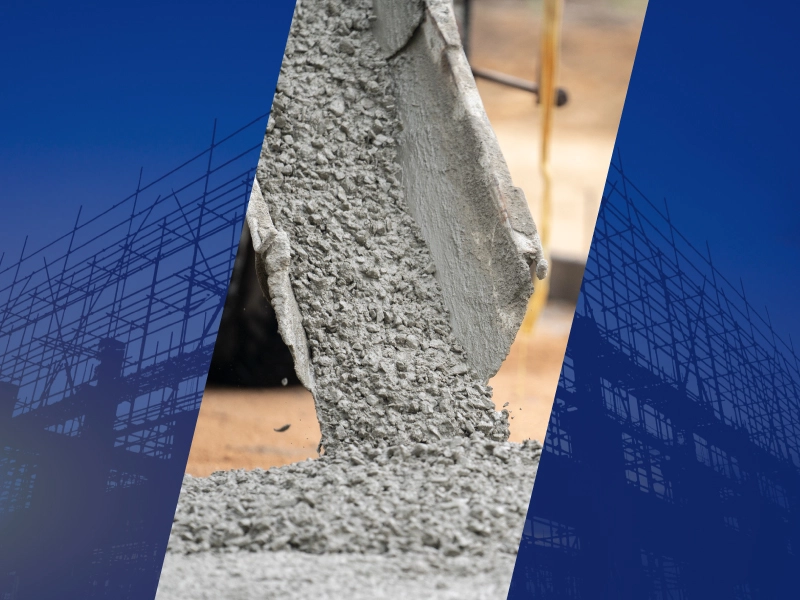In the previous blog of this series, we unpacked the basics of Ready-Mix Concrete (RMC) – what it is, how it’s made, and where it’s commonly used. But RMC is doing more than replacing manual mixing. It’s changing how we plan, execute, and scale construction projects across the country.
As urban centers grow denser and infrastructure gets more ambitious, India needs solutions that can match both speed and scale. RMC is rising to that challenge. In this part, we look at the larger role RMC is playing: enabling faster urban development, supporting mega infrastructure builds, making construction more sustainable, and driving professionalism in a traditionally fragmented industry.
Meeting India’s Growing Urban Demand
India’s cities are growing fast. From high-rise apartments to metro lines and airports, the pace of urban construction has picked up sharply. Builders are under pressure to work faster, deliver better quality, and operate in tighter spaces.
RMC makes that possible. It cuts down on time spent mixing on-site because it’s delivered ready to pour. This is a huge advantage for high-rise buildings where each floor needs to be cast quickly, or for metro and airport projects that can’t afford delays.
RMC also helps manage space better. In crowded cities, there’s often no room for storing raw materials or setting up batching areas. With RMC, you get consistent quality without clutter, making it ideal for fast-moving urban projects.
Improving Project Efficiency and Quality at Scale
Mega projects need predictability and uniformity. RMC brings both, across large pours and longer timelines. Precision mixing at plants helps maintain consistent strength, setting time, and workability.
RMC improves efficiency by:
- Reducing rework due to quality issues.
- Allowing better scheduling and resource planning.
- Minimizing delays through reliable, on-time deliveries.
Hence, RMC proves to be a perfect fit for-
- Infrastructure megaprojects (highways, bridges, metros).
- Smart cities and industrial parks with complex timelines.
- Government and public sector developments that demand scale and speed.
Boosting Sustainability and Reducing Waste
As sustainability becomes a priority in Indian construction, RMC is emerging as a cleaner, more eco-conscious alternative to traditional mixing.
- Precise batching = less material waste
- Centralized production avoids overuse of cement, water, and aggregates.
- Reduces the carbon footprint of each project.
- Cleaner construction practices
- Minimizes dust, debris, and raw material storage at site.
- Improves overall site hygiene and worker safety.
- Supports green building goals
- RMC can be customized with eco-friendly additives.
- Helps builders meet sustainability certifications (like GRIHA, IGBC).
- Efficient transportation logistics
- Optimized delivery routes and planning reduce emissions from transit mixers.
- Optimized delivery routes and planning reduce emissions from transit mixers.
Driving the Shift towards Organized Construction
One of the less obvious but really powerful impacts of RMC is how it’s helping to professionalize the construction industry in India.
Traditional site mixing often relies on some informal practices, inconsistent quality checks, and on-the-spot decisions. With RMC, things become way more structured. Every mix is backed by data, testing, and traceability, which brings much greater accountability to the overall process.
This shift supports the larger trends toward the industrialized construction, where predictability, planning and precision matter more than improvisation. For developers, contractors, and even public authorities, RMC offers a much more dependable and scalable way to build.
As more projects demand transparency, certifications, and sustainability reporting, the organized approach that RMC supports is becoming not just preferable, but necessary.
Conclusion
RMC isn’t just a convenience anymore. It’s helping India build faster, cleaner, and smarter, across sectors and scales. While the shift requires coordination and planning, its long-term impact is reshaping the approach towards construction. In the next part of this series, we’ll explore more on on-ground challenges and where RMC is headed in India’s construction future.
